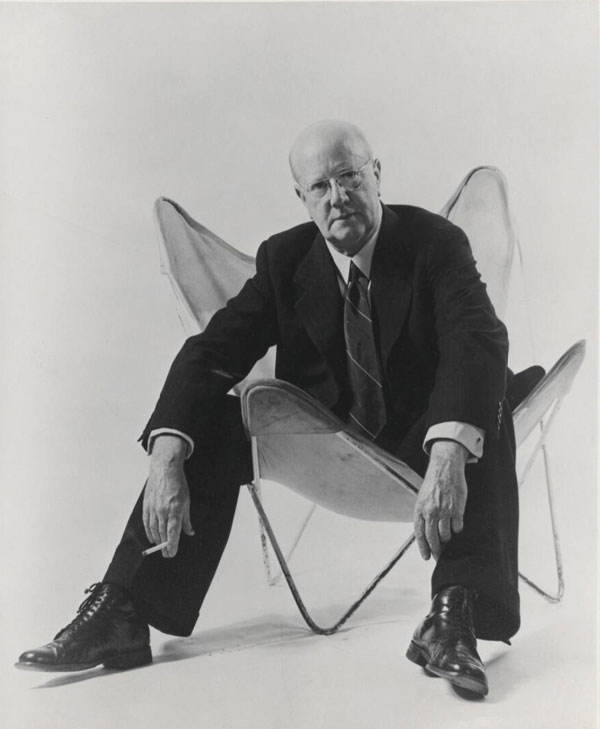|
 |
| Athol Smith 1955 photograph of Jack Cato |
Research, Essays and Articles
This is a list of the known research, articles and essays.
If there are others, please make contact and we will look to add them to the page.
An Introduction: adapted from Gael Newton's Silver and Grey entry
Biography: Ian Cosier's 1980 Thesis on Jack Cato - adapted for online in 2020
A STORY of The STORY: Correspondence between Jack Cato and Keast Burke, Gael Newton, Photofile, Autumn 1984
Cato's Characters: Essay by Gael Newton July 2024 - Cato's 1920s portraits of known Hobart characters
Jack Cato's Hoddle Bridge Melbourne, early 1940s, 'On Our Collections - essay by Gael Newton 2025
Australian Dictionary of Biography: Cato, John Cyril (Jack) (1889–1971), entry by Gael Newton - click here
Generations, Jack Cato & John Cato: 1996 Exhibition catalogue essay, Gael Newton, click here
Jack Cato, Australian Photographer, James M McArdle - click here for link to academic page pdf
Jack Cato's Melbourne: An interview by Ewa Narkiewicz with John Cato: autumn issue La Trobe Journal.
Public Collections - a list of a few known collections of jack Cato photographs
A selection of photographs by Jack Cato
Related Publications:
Silver & Grey: fifty years of Australian photography 1900 - 1950, Gael Newton, 1980
More essays by Gael Newton AM
|
